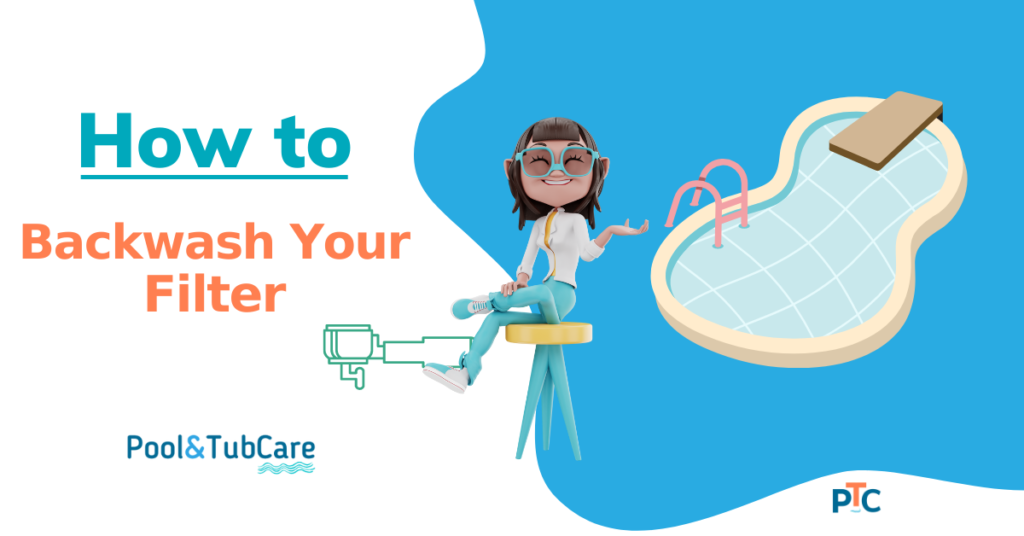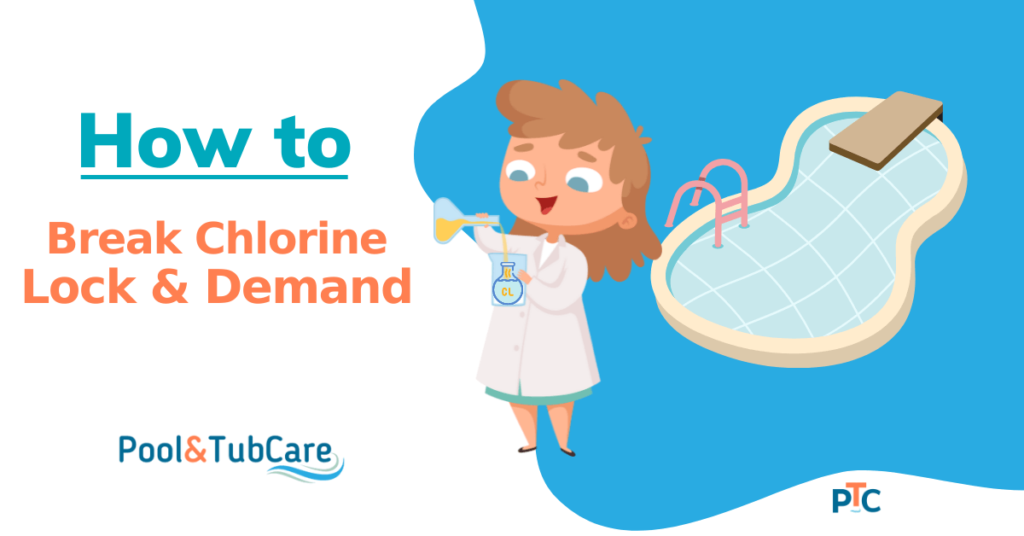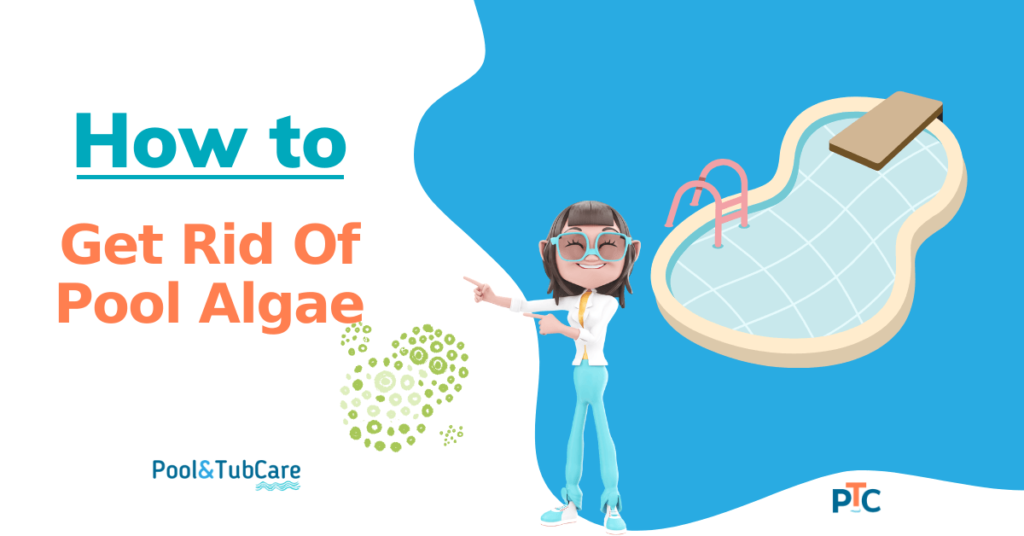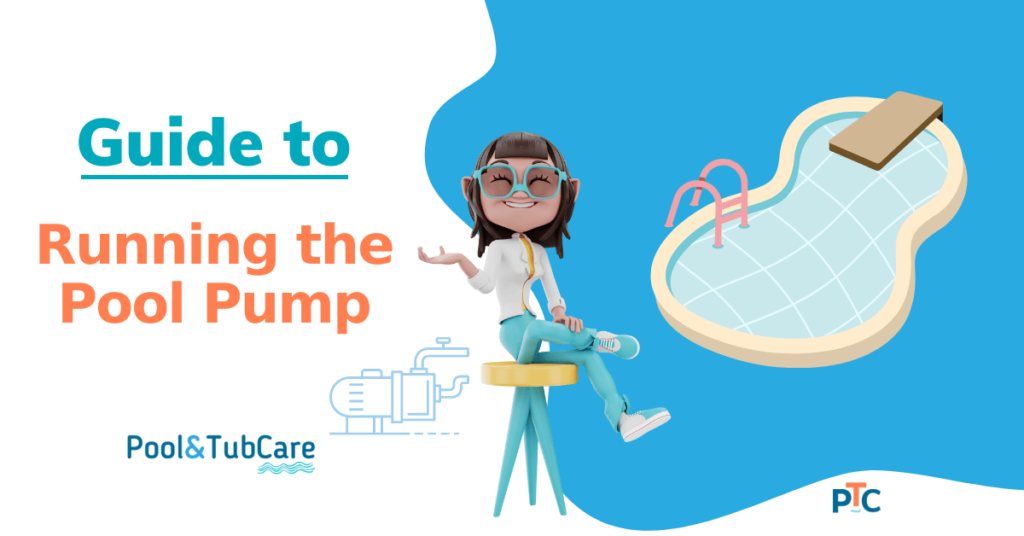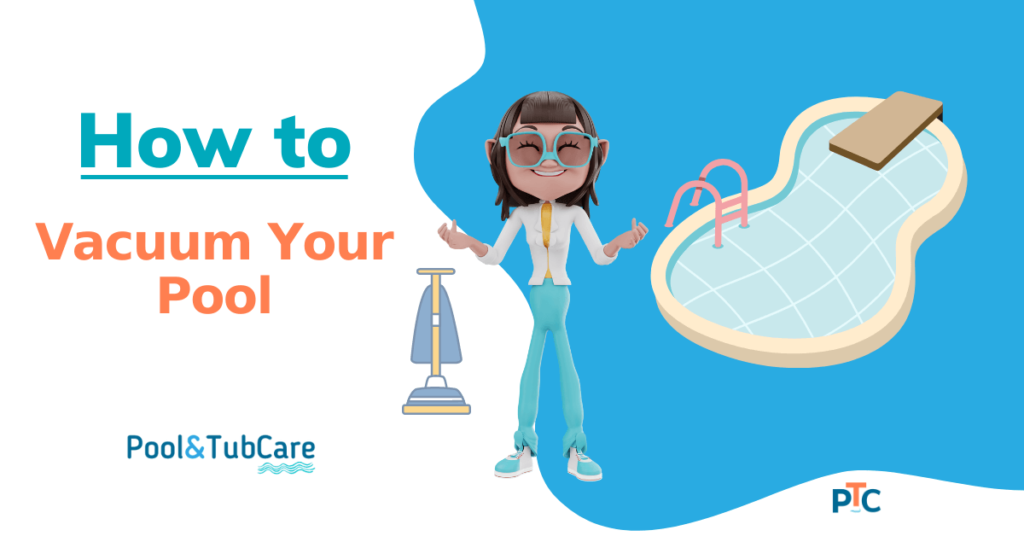Backwashing your pool filter regularly is essential for maintaining ideal water quality and clarity.
Your filter plays a vital role in eliminating contaminants that are neutralized by chlorine.
Like a household vacuum, a pool filter catches dirt and debris as it sucks everything within until the bag becomes clogged and can’t suck anything else in.
You need to backwash your sand or D.E. filter when that happens.
Backwash reverses the flow of water through the filter by “backwash setting” to throw out all the gunk. Backwashing is essential when the filter is fully clogged to get it to work normally. Backwashing removes dirt, debris, and other impurities that can accumulate and clog the filter media over time.
Check out this guide on how to backwash your pool filter.
What is Backwashing of Pool Filter
Backwashing of a pool filter, also called as “backwash pool” is simply the term for cleaning your filter.
To backwash the filter, the flow of water is reversed through the filter. This water takes along with it the dirt and other waste that gets accumulated in the filter media.
This dirty water is released by a hose via waste or drain port and should NOT be thrown back into the pool.
After a few minutes of backwashing and 30 seconds of rinsing, the valve is reversed to the “filter” position, allowing the filtered water to flow back into the pool.
Backwashing is an important task that should be done regularly to keep your pool clean and safe.
While backwashing may appear to be a simple task, it is essential to perform it carefully to avoid damaging the filter.
With a little care and attention, though, backwashing a pool filter can be quick and easy.
What Kind of Filters Need Backwashing
Although all filters should be cleaned on a regular basis, not all filters need to be backwashed.
Backwashing is only required for some filters, such as sand and diatomaceous earth (D.E.) filters.
This is the most effective way to clean these filters, as they employ a filter media that can become clogged over time.
Backwashing is not required for other filters, such as cartridge or pleated paper filters. Cleaning these filters is as simple as removing them and giving them a good washing with a hose.
When to Backwash Your Pool Filter
The frequency of backwashing will be determined by several factors, including the kind of pool, the type of filtration, and the usage of the pool.
As a general rule of thumb, a Sand filter needs backwashing every two to four weeks, and D.E. filters need to be backwashed every four to six weeks.
Backwashing more often may be required in heavily used pools or pools with a lot of debris.
On the other hand, backwashing can be done less regularly in pools that are not used frequently or have very little debris.
Backwashing the filter after heavy rains is also a good idea, as this can wash a lot of debris into the pool.
A pressure gauge will be provided with your pool filter. Note the reading when installing it; your normal operating filter pressure should be 10 – 25 psi.
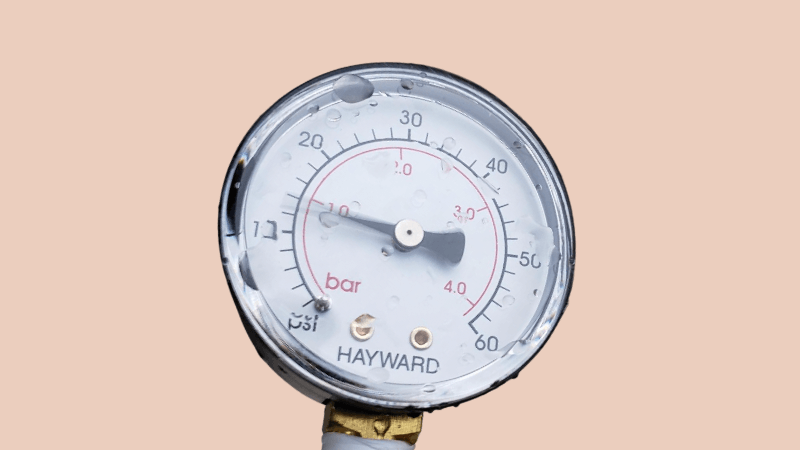
As time passes and your filter becomes dirty, trapped debris causes the pressure within to rise.
It will not be able to catch much at one time. Backwashing is usually necessary when your filter exceeds ten psi over its normal working pressure (generally north of 35 psi).
Don’t backwash when it’s 5 or 8 above your normal because a bit dirty filter works better. Dirt helps it catch more, so a semi-clean filter works better than a clean filter.
When the pressure rises over ten psi, the filter gets completely clogged, and it is necessary to get it backwashed.
Related: How to get rid of green algae in pool!
How to Backwash a Sand Filter
Sand filters are the most popular and easiest to backwash of all pool filter types.
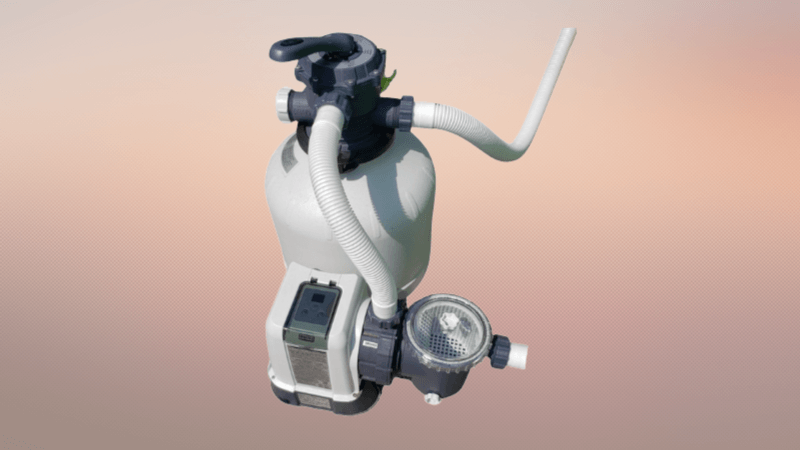
A simple sand filter multiport system has six different configurations: “Filter,” “Backwash,” “Rinse,” “Circulate,” “Closed,” and “Waste.”
When adjusting the filter setting, keep the filter tight so that the rubber gasket does not break.
To backwash a sand filter using a Multiport valve, simply follow these steps:
1. Turn off the pump and unplug it from the power supply
2. Turn the valve to the “backwash” setting
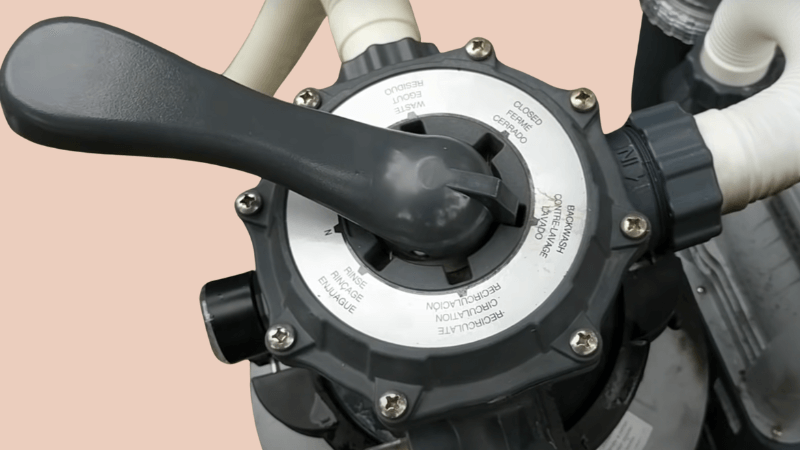
3. Start the pump and run it through the backwash port for about one minute or until the water is clear in the glass chamber
4. Turn off the pump and turn the valve to the “rinse” setting
5. Switch on the pump and let it run for 30-60 seconds
6. Turn off the filtration system
7. Turn on the pump and set the valve to “filter” setting
How to Backwash a DE Filter
DE filters are similar to sand filters but use a different type of filter media.
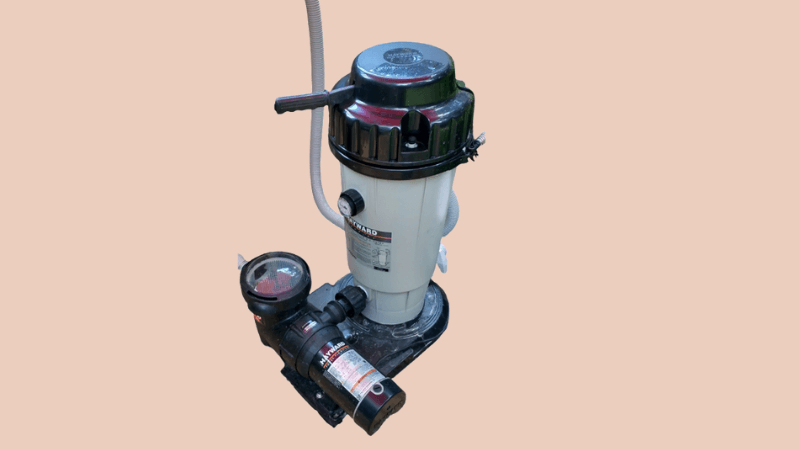
Follow these procedures to backwash a D.E. filter:
1. Disconnect the hose from the skimmer and turn off the pump
2. Turn the valve to the “Backwash” mode
3. Start the pump and let it run for one minute or till the water is clear
4. Turn off the pump and turn the valve to the “Rinse” mode
5. Switch on the pump and let it run for about 30 seconds
6. Turn off the pump and switch the valve to the “Filter” mode
7. Reconnect the hose to the skimmer and restart the pump
8. Refill D.E. media
What is D.E. Media
Diatomaceous earth (D.E.) is a sedimentary rock composed of fossilized remains of diatoms, which are tiny aquatic animals.
D.E. is a kind of powder that is extremely fine, and this powder is used as the filter media in D.E. filters.
When DE powder is mixed with water, it creates a viscous liquid capable of trapping minute particles of dirt and debris.
The DE powder will become clogged with dirt over time and need to be refilled.
Replacing DE Powder in Your Filter
To replace the D.E. powder in your filter, buy a new bottle of D.E. powder and follow these steps:
Remove the strainer basket cover and prime the pool pump.
Fill the basket with water and wait for some of it to run through the incoming line before turning on the pool pump.
To make a wet sludge, combine the recommended amount of D.E. with water according to the manufacturer’s instructions. Then, while the pump is running, pour the solution into your skimmer.
Run the pool pump for at least 30 minutes to ensure that the D.E. is evenly distributed throughout the filter grids.
How to Backwash Pool Filter with a Push-Pull Valve
If your pool has a push-pull valve, you will need to backwash the filter as follows:
1. Unplug the filtration system
2. Set the valve to the “Backwash” setting
3. Switch on the pump and let it run for about 3 minutes
4. Unplug the filter system
5. Close the push-pull valve
6. Turn the valve to the “Filter” setting
7. Start the pump and run it for at least an hour to re-prime the filter
Where to Discard Dirty Backwashed Water
Backwashing cleans the filter of all the dirt, waste, and clogged chemicals.
The water that take these things withit is pretty dirty and should be treated with care.
This water should not be released into a storm drain as it can contaminate it. It may even be illegal in some places.
Most municipalities won’t allow you to release pool water into a septic system. And it’s not something you would want to do. Enzymes are used in septic systems to break down waste, and pouring chlorine-treated water into the tank may interfere with this process.
You can send it to nearby water treatment facility.
If your region doesn’t have a water treatment facility, you can contact your local municipality to find out the best way to dispose of backwash water.
Another great option can be a dry well if you have one in your backyard. If you have a big backyard that is unused, it could be worth it to make a dry well there for such kinds of things.
If you use a cartridge filter, you should rinse it in a sink or on your lawn.
Related: How to shock your pool!
A Few Tips for Backwashing
Take care of the following things while backwashing your pool:
1. Only backwash when the pressure gauge suggests it is time
2. Before starting the pump, ensure the valve is positioned correctly
3. Do not backwash for more than three minutes at a time
4. After backwashing, rinse the filter well
Your pool filter backwashing process will go very smoothly if you follow these guidelines.
When Not to do Backwashing
If the dirt and waste level in your pool is very high, you may need to vacuum the pool before backwashing.
Switching the filter to waste is preferable, entirely skipping the filter system.
Backwashing should also be avoided if there is a lot of debris in the pool, such as leaves or twigs.
Removing the waste by hand before backwashing the filter in these situations is recommended.
What if Backwashing is Not Effective?
If backwashing is ineffective, it is probably inevitable that the filter media is old and must be replaced.
It is also possible that the valve is not in the proper position or that there is some blockage in the valve.
If your pool filter is still relatively new but has difficulties backwashing it, soak the sand in some Water Filter Cleaner Solution.
Follow these steps to clean your multiport valve: Remove the valve, pour a bottle of filter cleaning solution into it for 24 hours, re-join the valve, and thoroughly backwash.
Backwashing Will Keep Your Filter Functional
Pool filters are the lifeguards of a pool, and they do more work in the background to keep your pool cleaner than anything else. So, it makes sense to properly care for them through backwashing or rinsing so that they can take care of your pool water.
You can efficiently backwash your pool filter and eliminate all the dirt and debris accumulated over time by following the instructions provided above.
You won’t have to dirty your hands while taking care of the pool filter, and doing it regularly will keep your pool clear and spotless all season long.
FAQs
Here are a few frequently asked questions.
Do you rinse after backwashing a pool?
Yes, after backwashing, always rinse the filter, which will clean the filter media of any extra dirt and debris.
How full should a sand filter be?
Your sand filter should be filled two-thirds of the way to the top of the filter tank for optimal performance.
Do you lose sand when backwashing?
Yes, some sand is lost when you backwash or rinse your filter, and this is very normal and to be expected. If your filter has excess sand, it may leak into your pool after backwashing.
Do you vacuum a pool on backwash or waste?
When there is a lot of dirt and debris in the pool, you should vacuum it, preventing you from having to backwash it as frequently.
Is waste and backwash the same?
No, waste and backwash are not similar. The backwash cleans the filter media, whereas waste completely bypasses the filter.
How often should you change pool sand?
On average, the sand in your pool filter should be changed every 5 to 7 years.
What happens if my sand filter is low on sand?
If your sand filter runs low on sand, the water will not be properly filtered, and your pool will become dirty.

